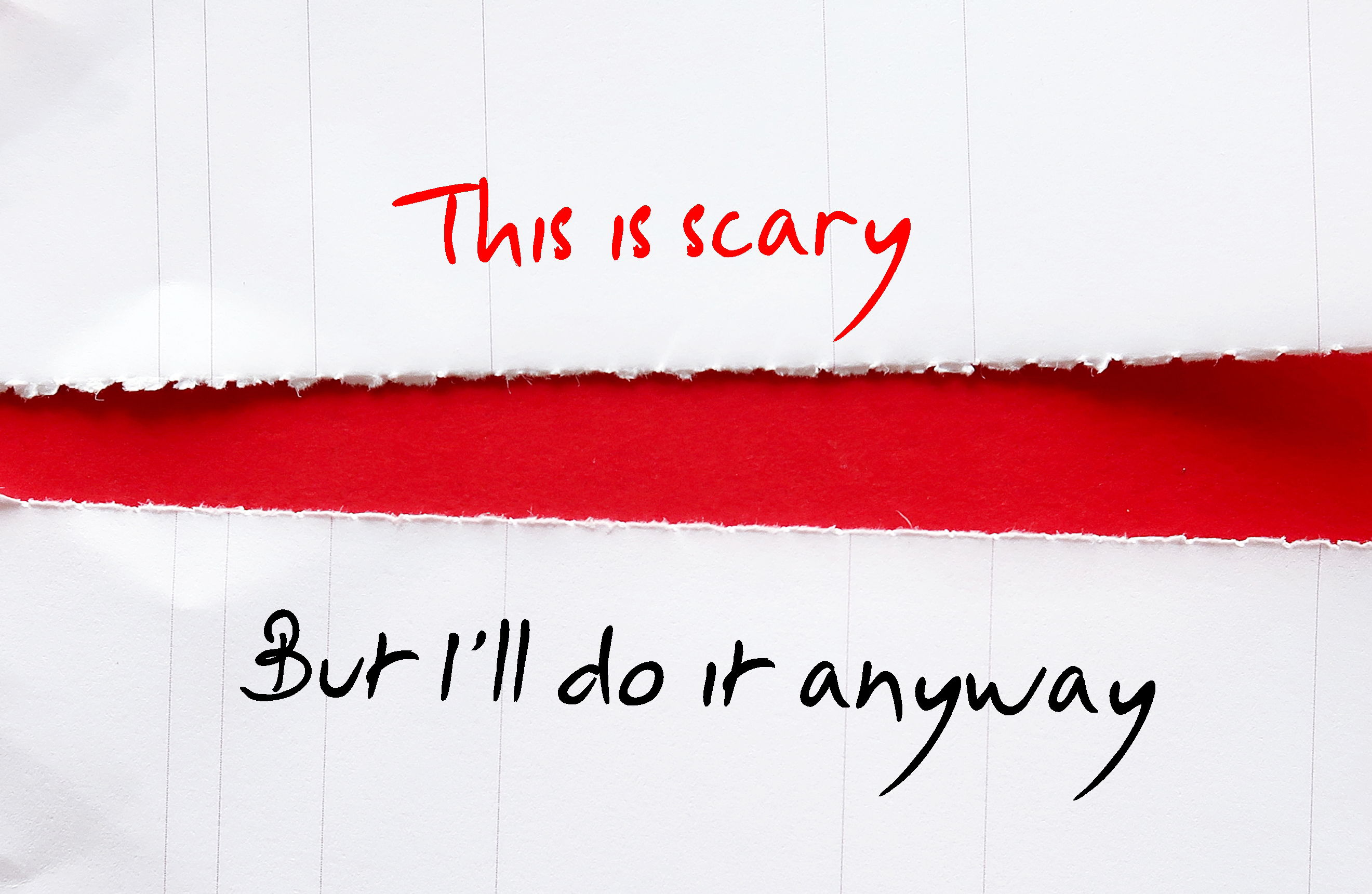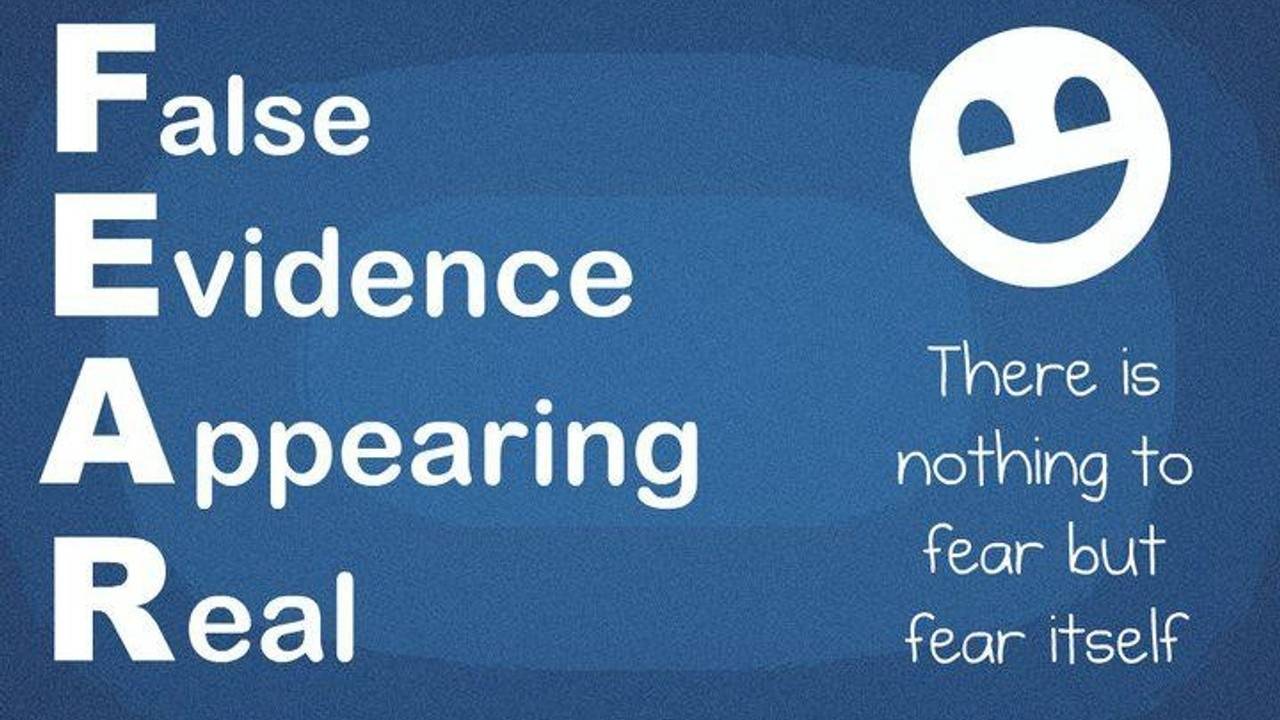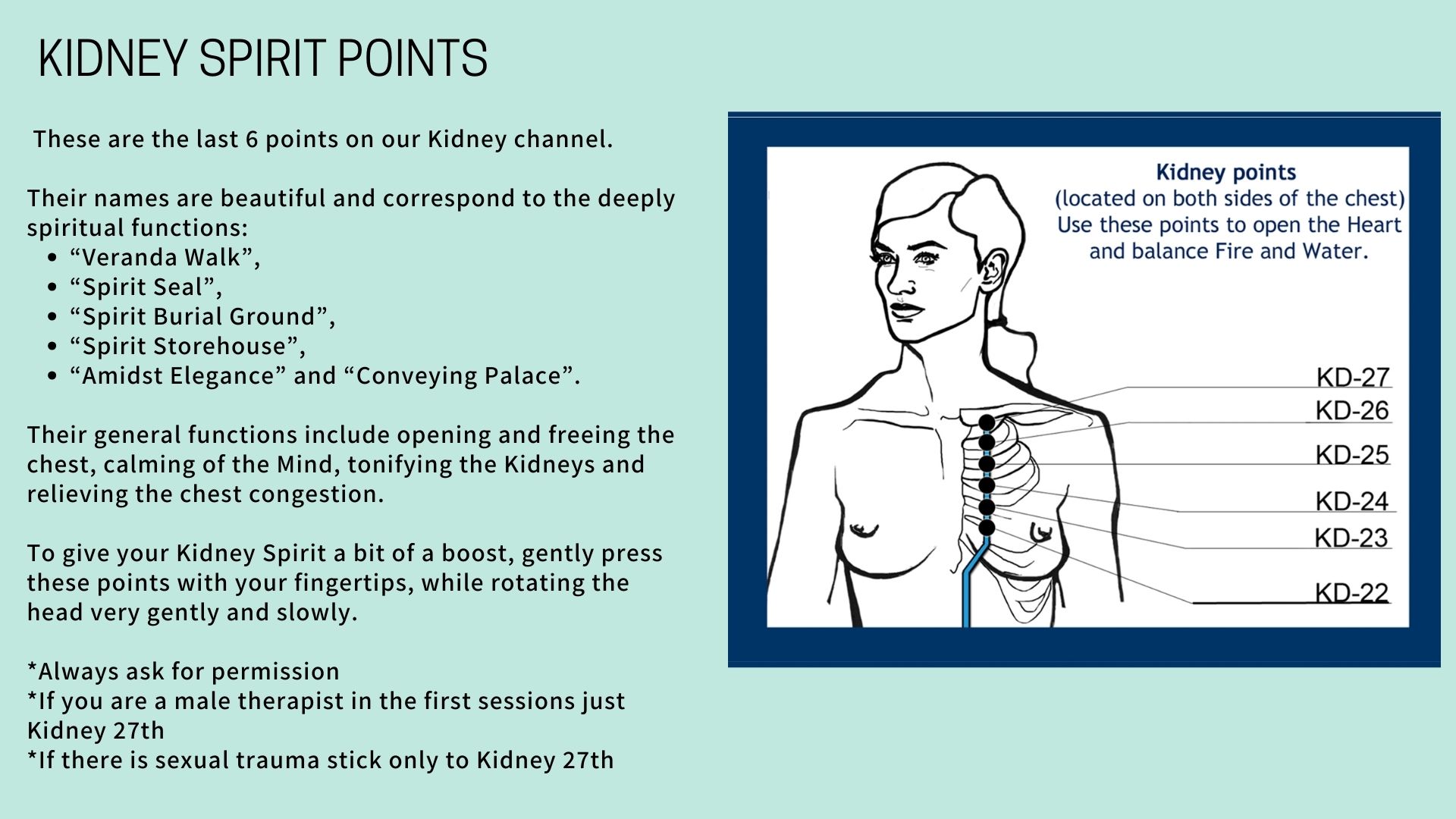How fear affects your nervous system & how Shiatsu therapy can help.

Going through a global pandemic that we all went through, wars, economic and environmental hardships, and social unrest. I am sure you all agree, we live in a collective fear and the uncertainty that it brings into our everyday life.
It is affecting our relationships, families and businesses/livelihoods and mental, emotional and physical health.
How can you build resilience and growth through fear?

What is fear?
Fear is an emotion induced by perceived danger or threat, which causes physiological changes and ultimately behavioural changes, such as fleeing, hiding, or freezing from perceived painful/hurtful or traumatic events.
The fear response arises from the leading to confrontation with or escape from/avoiding the threat (also known as the Fight-or-flight_response, which in extreme cases of fear horror and terror can be a freeze response or paralysis.
In humans and other animals, fear is modulated by the process of Cognition and learning. Thus fear is judged as rational and appropriate, or Irrational and inappropriate.
The effects of fear:
- Alerts amygdala which activates your nervous system.
- Releases cortisol & adrenaline
- Creates anxiety, worry, stress, pain
- Blood pressure & rate Increases
- Breath changes – hold, shallow
- Blood Flow changes moving to limbs for fight, or flight response
- Brain becomes foggy – cerebral cortex becomes impaired.
- Can become a source of pleasure – dangerous behaviours.
- Physical symptoms examples: Migraines, chest pain, heart palpitations, sweaty palms, back pain, knee pain, ankle, foot, hip, lower abdomen.
- Kidneys, Bladder sexual organs.
- Reduced Immunity
- Chronic Fatigue & Insomnia
What state are you currently in?

Depending on what state you have been forced to and (now) you are used to operate from, will dictate your perception, reality and well – being.
If you are affected, suffering and desire a change? Then to make that change and to bring resilience and growth, requires you to Reset your bodymind and to begin to “exercise” learned tools, methods against fear & the state you operating from.
I always use the metaphor of going to the gym as if you want to make your muscles stronger, you have to go to the gym, or start exercising your muscles that have atrophied from weakness. To experience results you must exercise regularly and consistently. In the same way, we must exercise our nervous system against our stressors and triggers to build resilience and growth.
“Triggers” are like storms in nature a natural phenomenon and inevitable.
In that same way our fears and the reactions they create have been conditioned in us for so long they’ve become habitual and we have learned how to “adapt” to them, to manage, to store, to avoid, to run away and to soothe them.
Now what hurts us Is the adaptation we created and the persona versus who we truly are are in ac conflict. That's the friction that you feel, the pain and suffering that you are experiencing.
To grow and evolve, we must move through our fears and that requires us to exercise with them.
Sitting with them as an interested viewer and through experiencing them and experiencing how we use different tools, methods to build resilience to them will create growth and a shift in our well-being and development. That’s why I always say it’s not what happens to us that hurts us and keeps us stagnate, or in a state we don’t desire, it’s the lack of tools and the volume that we deal with internally and externally that can feel like a scary and overwhelming.
Fears With Evidence are fears created from past hurts, experiences of loss, and even terror. They keep on being recreated consciously and, or subconsciously, affirming our position and state, affirming our narrative and conditioning.
They produce:
* Physical symptoms
* Self Sabotage
* Resistance
* Blind spots
* Negative thought patterns
* Negative beliefs
* Darkness
* Disease
These are the palpable walls that we feel subconsciously and consciously that people want us to help them with and overcome. They are felt in the body, mind and spirit.
The Acronym of Fear
I often share this simple reminder:
FEAR = False Evidence Appearing Real
Much of what we fear today is not the actual event but the echo ofrt, and past trauma, hu loss. Our nervous system recreates it, our body rehearses it, and our mind affirms it. The healing path is learning to recognize when fear is truly protective and when it is simply the shadow of the past replaying itself.

Shiatsu has a very direct way of working with fear and anxiety through the meridian system. In Traditional Chinese Medicine (TCM) and Zen Shiatsu, fear is most closely associated with the Kidney (Water element) and anxiety with the Heart (Fire element), but both often involve Spleen (Earth), Liver (Wood), and Lung (Metal) imbalances as well. Here’s a breakdown of key Shiatsu points and areas you can use when working with fear and anxiety, also integrating trauma and polyvagal understanding:
Primary Points for Fear (Kidney/Water)
Fear relates to survival and safety — the foundation of the nervous system.
- Kidney 1 (Yong Quan / Gushing Spring) – Sole of the foot
Grounding point, draws energy down, reduces panic, restores connection with Earth.
→ Hold gently with both thumbs or palm, especially useful when the client feels dissociated or frozen. - Kidney 3 (Tai Xi / Great Stream) – Behind the inner ankle
Balances Kidney Yin/Yang, calms the nervous system, restores vitality.
→ Useful when fear manifests as fatigue, adrenal exhaustion, or chronic stress. - Bladder 23 (Shen Shu / Kidney Shu Point) – Lower back, level with the second lumbar vertebra
Strengthens Kidney energy, builds resilience, anchors fear.
→ Gentle sustained pressure here often brings a deep sigh of relief.
Points for Anxiety (Heart/Fire and Shen disturbance)
Anxiety often agitates the Heart and disturbs the “Shen” (spirit).
- Heart 7 (Shen Men / Spirit Gate) – On the wrist crease, pinky side
Calms the Shen, reduces racing thoughts, eases insomnia.
→ Good for when anxiety creates chest tightness, palpitations, or sleeplessness. - Pericardium 6 (Nei Guan / Inner Gate) – Inside forearm, ~3 finger-widths from wrist crease
Opens the chest, calms anxiety, regulates breath and heartbeat.
→ Excellent for panic attacks, nausea, or tightness in the diaphragm. - Ren 17 (Shan Zhong / Sea of Tranquility) – Center of the sternum
Opens the chest, supports breath, helps emotional release.
→ Resting the palm here helps regulate vagal tone and co-regulation
Supporting Points for Regulation & Trauma Release
- Lung 1 (Zhong Fu / Central Treasury) – Upper chest, below clavicle
Releases grief, supports breath, connects with letting go. - Spleen 6 (San Yin Jiao / Three Yin Intersection) – Inside of lower leg, ~4 finger-widths above ankle
Balances Spleen, Kidney, Liver — harmonizes emotions, reduces rumination and tension. - Liver 3 (Tai Chong / Great Surge) – Between first and second toes, on top of foot
Moves stuck Qi, releases frustration/anger that often hides under anxiety. - Governing Vessel 20 (Bai Hui / Hundred Meetings) – Crown of the head
Brings lightness, stabilizes emotions, integrates bodymind.
Kidney 23–27 (Spirit Storehouse Points)
- Location: Upper chest, around and under the clavicle.
- Spirit function: These points are known as the “Spirit Storehouse” points — they open the chest, free constricted breath, and reconnect Kidney essence with Heart spirit.
- Use for: Anxiety in the chest, palpitations, shallow breathing, fear of death, and difficulty trusting.
- Shiatsu: Open-handed contact across the chest, rhythmic holding at Ren 17 + Kidney 23–27 to soften the diaphragm and invite ventral vagal safety.

Trauma & Polyvagal Integration
- Kidney 1 + Bladder 23: Grounds and strengthens when someone is in fear/freeze.
- Kidney 3 + Heart 7: Balances Water and Fire — crucial for trauma states where the Heart (Shen) and Kidneys (Zhi) are disconnected.
- Kidney 16 + Hara contact: Restores center, re-regulates digestion and vagal tone.
- Kidney 27 + Ren 17: Opens chest, restores breath, shifts client from sympathetic arousal into parasympathetic safety.
In polyvagal language:
- These points help move out of dorsal vagal collapse (grounding),
- down-regulate sympathetic arousal (calming),
- and restore ventral vagal safety and connection (chest and Hara contact).
Closing Reflection
We live in uncertain times, and fear is part of the human condition. But fear does not have to imprison us. With awareness, with the wisdom of the bodymind, with tools from neurophysiology, trauma work, polyvagal theory, and Shiatsu, we can learn to meet fear, to train with it, and to transform it into resilience and growth. The storms will keep coming. But when we learn to root ourselves, to expand our nervous system’s capacity, and to live from our true center, fear becomes less of a cage and more of a teacher.